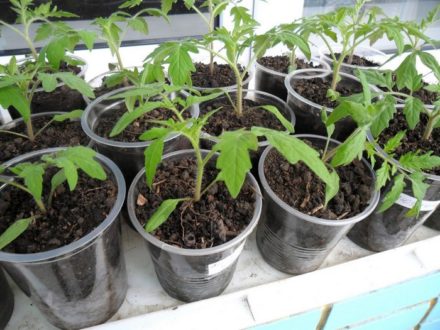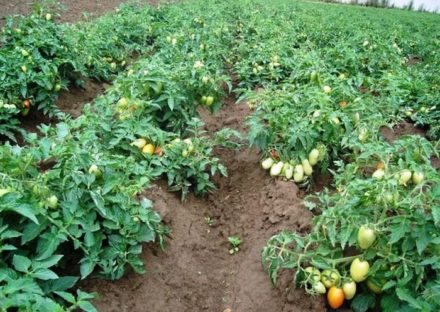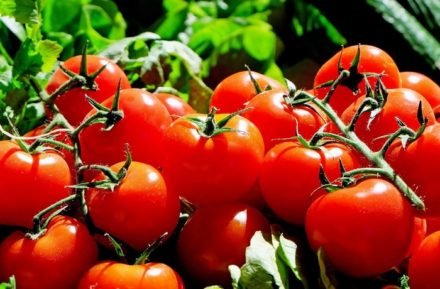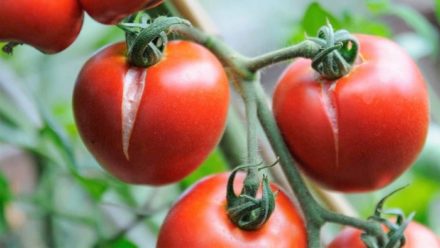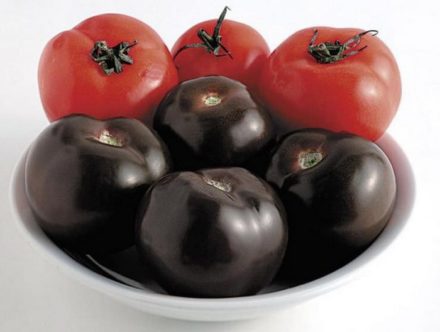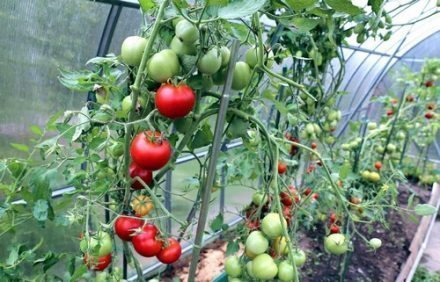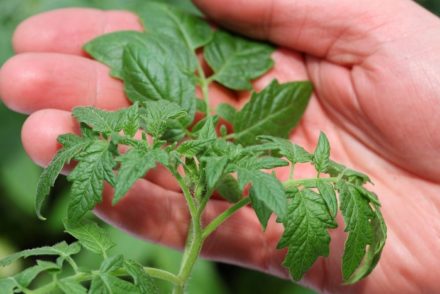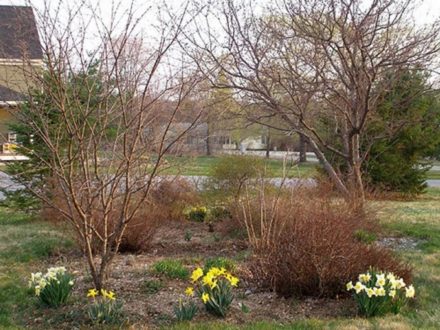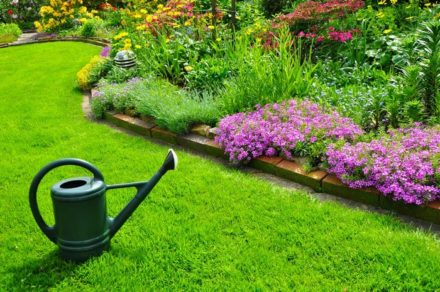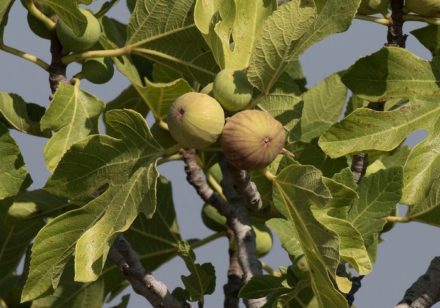The tomato is deservedly one of the most popular vegetables in household plots, and every gardener dreams of a healthy and abundant harvest. Most often, tomatoes are grown using seedlings, which requires a lot of hassle when growing seedlings at home. But even when purchasing ready-made seedlings, there is no guarantee of the quality of the seedlings and compliance with the variety.
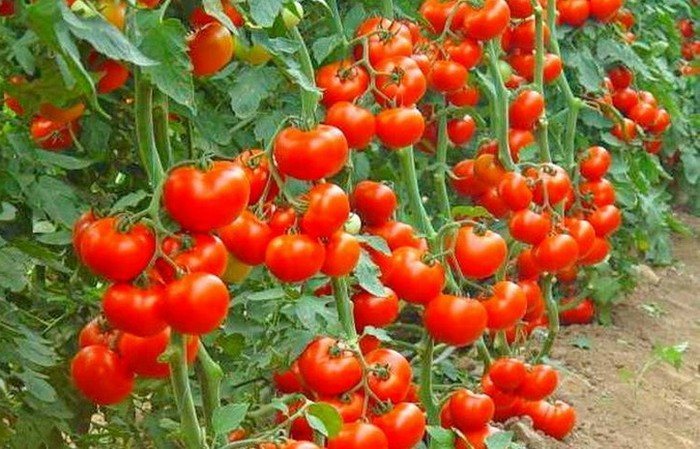
Therefore, the seedless method of growing crops by planting seeds directly into open ground is becoming increasingly popular.
Growing tomatoes without seedlings has many advantages if you avoid some mistakes.
Wrong choice of variety
Under favorable weather conditions, any variety of tomatoes can be grown using the seedless method, but choosing mid- and late-ripening varieties would be a mistake. An attempt to plant heat-loving and fastidious varieties with large, fleshy fruits will also significantly reduce the yield.
You should not buy varieties intended for greenhouses for this purpose: such seeds are unlikely to give the desired result, they may simply die, because the seedless method involves open ground.
A correctly selected tomato variety is the main condition for successful cultivation without seedlings. Low-growing, early-ripening varieties with medium-sized and small-sized fruits are best suited for open ground.There are a great variety of such varieties, for example, “Sanka”, “Big Mommy”, “Subarctic”.
It is very good if the bag of seeds has an inscription stating that they are suitable for growing without seedlings.
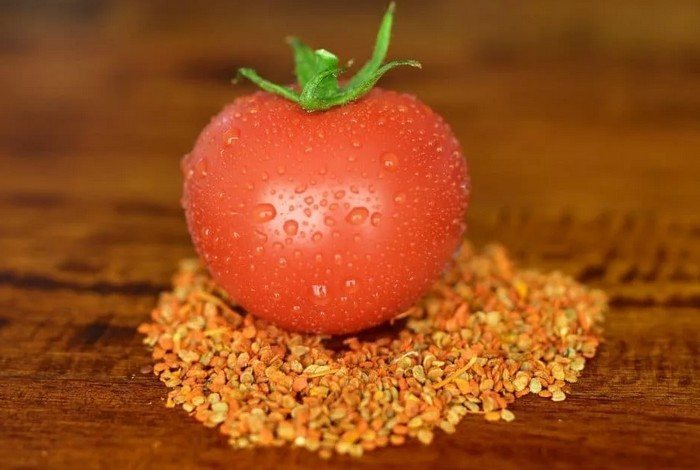
Unprepared soil and place
It would be a mistake to place the bed in the shade - tomatoes will need a place that is most open to sunlight and away from ponds and groundwater.
Even if the necessary fertilizers are applied to the ground in the fall, the seeds will find themselves in unfavorable conditions, and the growth and development of plants will be slowed down. It is necessary to treat the soil with a solution to increase stress resistance and form a high bed.
Wrong choice of time and method of planting
It’s easy to make a mistake about planting dates; here you need to rely only on your own observations and intuition. In the middle zone, this is the end of April - beginning of May, when the threat of frost passes and the soil temperature reaches 14–15 degrees or a little more.
Planting seeds earlier than this time will lead to freezing of the seedlings, and later - to the fact that the crop will not have time to ripen before the onset of autumn cold.
Under no circumstances should you germinate seeds on a damp cloth; this is also a common pre-planting mistake - if they get into the ground, they may die. Only dry seeds should be sown.
It would be a mistake to plant too densely - the distance between the holes should be at least 40-50 cm, otherwise the plants will interfere with each other, which will also negatively affect the final result.
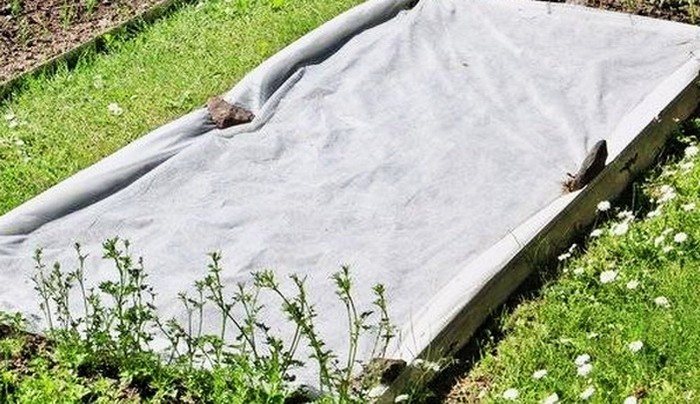
Planted seeds cannot be left as they are - they must be protected from cold and drying out.To do this, just cover the entire bed with film or each hole with a cut plastic bottle. At the same time, you should not open the crops before the emergence of seedlings and until stable warm weather sets in.
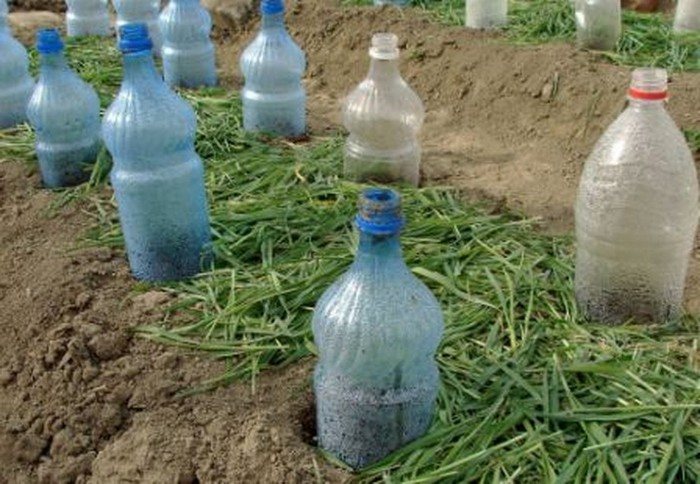
The shelter can be completely removed only when the night temperature does not drop below 14–15 degrees.
Excessive and improper watering
A common mistake is to water frequently with a small amount of water. Tomatoes need rare and abundant watering.
Tomatoes without seedlings have a different development from seedlings, and excessive moisture will certainly harm the harvest, reducing the taste of the fruit.
From the moment the grain begins to grow, a powerful root system is immediately formed, going 70–80 cm deep - this eliminates the need for frequent watering, and after the formation of the 2nd bunch, watering can be stopped altogether, the fruits will have a richer taste. Watering should be done no more than once a week during the growing season.
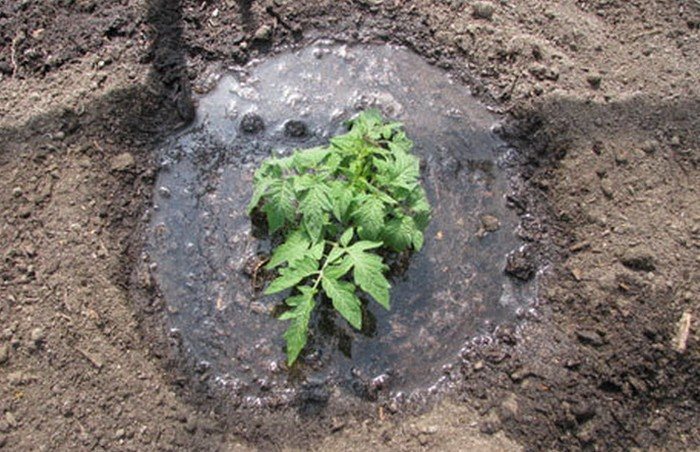
Water getting on the stem and leaves can become critical; this can cause late blight. Water should be poured at a certain distance from the stem and preferably without a sprayer. It is especially important to follow this rule in the initial stages of growth.
And even though tomatoes are planted in the ground a month and a half later than their counterparts on the windowsill, they very quickly catch up and surpass them in growth and development.
It is not difficult even for a beginner to avoid the listed mistakes, but otherwise, caring for seedless tomatoes is similar to caring for seedlings - periodic fertilization and disease prevention.But even here it should be taken into account that seedless plants are more resistant to fungi and diseases, so treatment is carried out 2–3 times less often.


